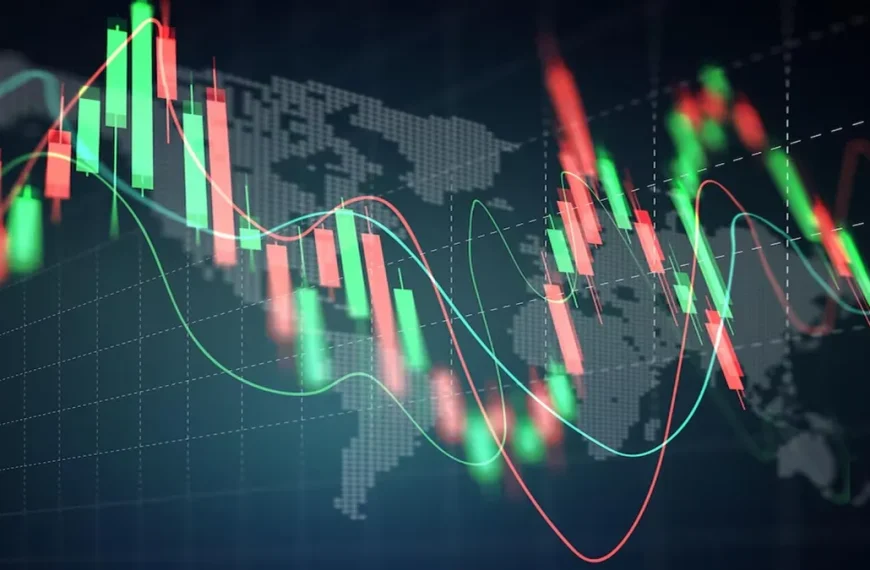In turbulent market conditions, investors often seek refuge in traditional assets like gold and silver. However, a new contender is emerging as a vital player in the investment landscape: copper. Unlike its precious metal counterparts, copper is not just an investment but a crucial component of modern technology, fueling everything from electric vehicles to renewable energy systems.
The Rising Demand for Copper
Copper’s versatility makes it indispensable across various sectors. Here’s a breakdown of how different industries are driving its demand:
- Electric Vehicles (EVs): Copper is essential for motors, wiring, batteries, and charging stations, utilizing 3-4 times more copper than traditional gasoline cars.
- Renewable Energy: Wind turbines and solar panels require substantial copper, with solar needing approximately 5.5 tonnes per MW.
- Power Infrastructure: As energy transitions accelerate, copper is increasingly used in transmission lines and smart meters.
- Digital Infrastructure: The rise of AI and data centers is pushing copper needs higher due to increased electricity and cooling demands.
- Construction: From plumbing to electrical systems, consistent growth in residential and commercial projects ensures steady copper demand.
Copper’s effective conductivity of electricity and heat has led to its nickname as a "super metal," signifying its essential role in shaping the future economy.
India’s Position in the Copper Market
India stands as one of the top ten copper consumers globally, yet it holds a mere 0.2% of the world’s copper reserves. Most of the country’s copper resources are located in Rajasthan, Madhya Pradesh, and Jharkhand. The nation consumes over 750,000 tonnes of copper annually, with demand growing at about 7% each year, while domestic production fails to keep pace.
Since the closure of the Vedanta Sterlite plant in 2018, India has shifted from being a copper exporter to relying heavily on imports, approximately 500,000 tonnes each year. On the global stage, copper is increasingly recognized as a strategic asset. Nations like China control nearly half of the world’s smelting capacity, while the U.S. is working to boost domestic copper production through initiatives like the CHIPS Act.
Key Players in India’s Copper Industry
Several Indian companies are stepping up to address the growing copper demand and reduce reliance on imports.
Vedanta Resources
At the forefront is Vedanta Resources, actively seeking to raise around $1 billion for its Konkola Copper Mines (KCM) project in Zambia. The company holds an 80% stake in KCM and aims to ramp up production to 300,000 metric tonnes annually over the next five years. After regaining control of KCM in 2024, Vedanta is determined to enhance its output and solidify its presence in the copper market.
Adani Enterprises
Adani Enterprises is poised to make significant strides in the copper sector as it prepares to launch one of the world’s largest copper smelters. The initial phase will handle 500,000 tonnes of copper, with plans to eventually double the capacity to one million tonnes. The project, which requires an additional investment of $700-800 million, is expected to support Adani’s renewable energy and power transmission ventures.
Hindustan Copper
As India’s only state-owned integrated copper producer, Hindustan Copper is steadily expanding its operations. The company is working on plans to increase its mining capacity to 12.2 million tonnes per annum. In FY24, Hindustan Copper produced 3.78 million tonnes of ore, marking a 13% increase over the previous year. Significant expansions are underway at the Malanjkhand Copper Project and other mines in Rajasthan and Jharkhand, positioning the company as a key player in meeting domestic copper needs.
Emerging Competitors
In addition to established players, JSW Group is entering the copper sector with plans to operate two mining blocks in Jharkhand, backed by an investment of ₹26 billion. This project aims to process 3 million tonnes of ore annually, with commercial production expected to begin in the latter half of FY27.
Conclusion
With copper prices soaring to an all-time high of $5.24 per pound in March 2025 due to constrained supply, the future of copper appears promising. Global demand is projected to reach 36.4 million tonnes by 2040, necessitating investments of around $2.1 trillion across the copper value chain. As the market evolves, investors should focus on companies’ fundamentals, governance, and valuations when considering opportunities in this lucrative sector.
Happy investing!
Note: This article serves informational purposes only and should not be construed as financial advice.











